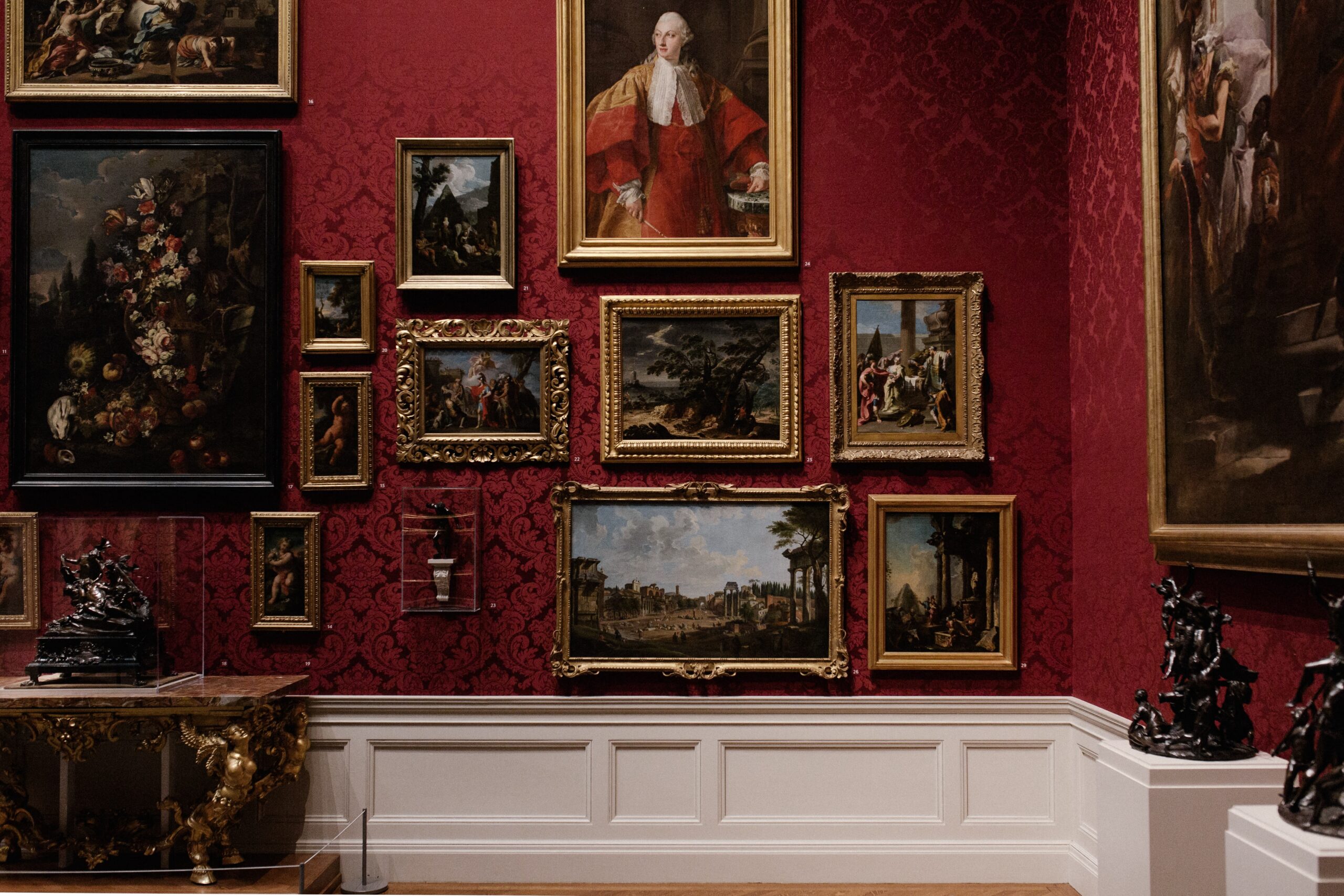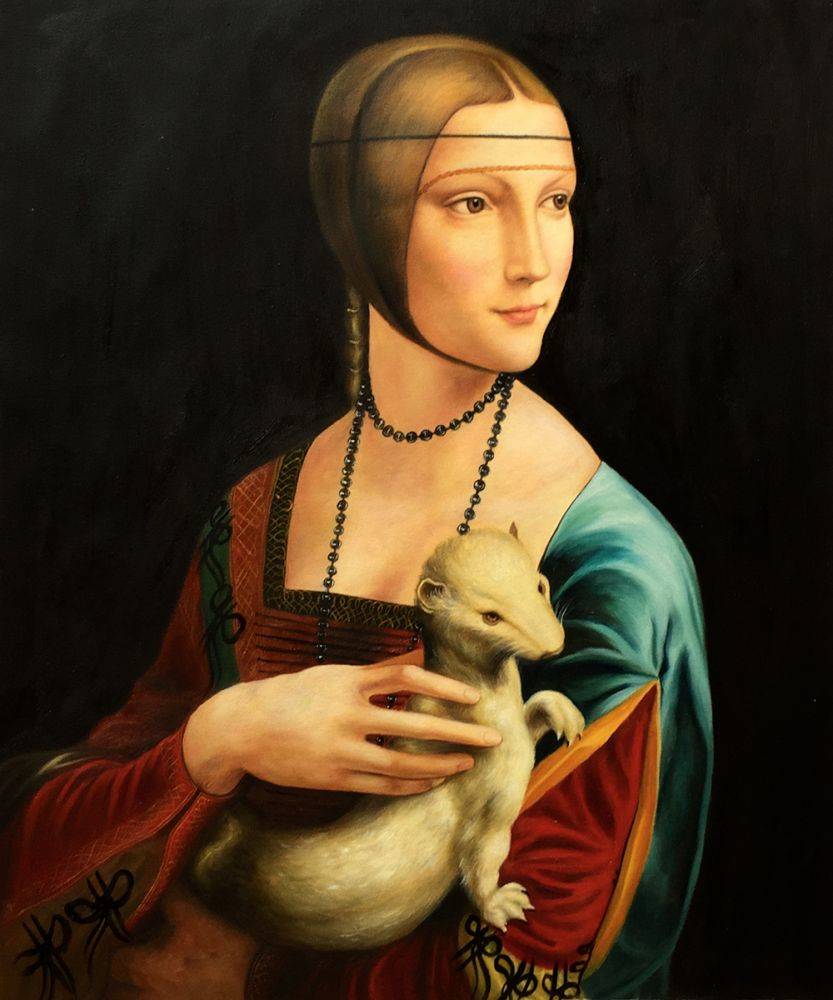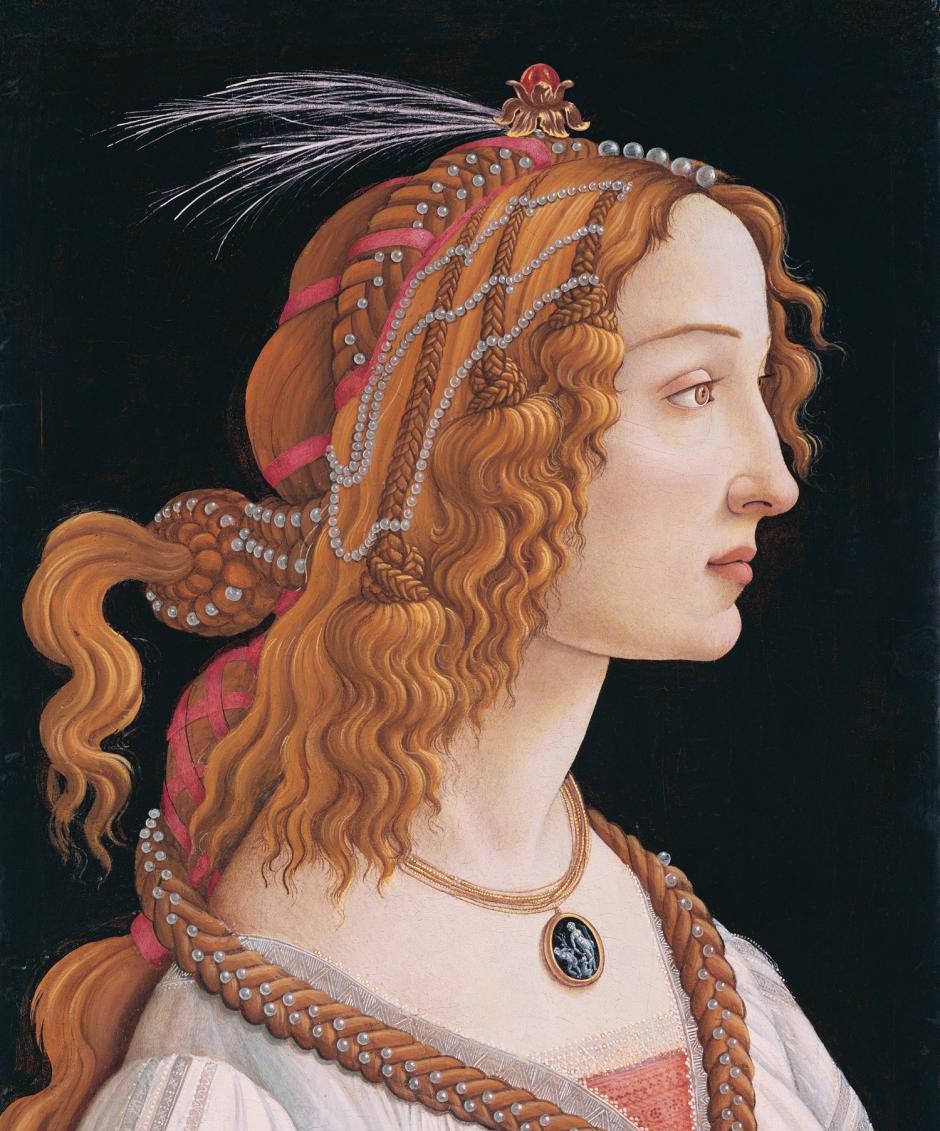Art is one facet of human evolution that defines our shift from primordial to contemporary, and truly embodies the human desire to create. From the very first handprint daubed onto an ancient cave wall, the masterful strokes of Michelangelo’s Creation of Adam, Monet’s Impression Sunrise, to the digital illustrations of Beeple today — art has come a long way. What fuels and nurtures and keeps art alive, is our unending awe and appreciation for creativity through the ages.
Art has had its patrons in every era, like the notable Medici family in Florence during the Renaissance. The family supported the art of the likes of Botticelli, Michelangelo and Leonardo da Vinci, to name a few. As the wheels of time trundled along, the concept of corporate art collections came to be. It is, indeed, a form of patronage, (unintentionally, if it may be so) an endeavour to keep the arts thriving in a deeply commercial society. Corporate art collections are where art and commerce collide, acknowledging the symbiotic relationship between money and art. For those who might turn up their noses at the sacrilege committed by marrying art and commerce, your distaste is valid (well, partially so). “Art for the sake of art” is truly the purest method of unleashing unbridled creativity. Yet, one cannot ignore the role of monetary support in coaxing artists and their creations to flourish over centuries.
L-R: Lady with an Ermine, Leonardo da Vinci; Portrait of a Young Woman, Sandro Botticelli.
The House of Medici was, in fact, an extremely well-to-do Italian banking family, who utilised their resources to commission some of the greatest art ever. Historically, the first ever corporate art collection can be attributed to one of the oldest banks in the world, in the heyday of the Italian Renaissance. Monte dei Paschi di Siena began amassing its collection during 1472, with the original objective of decorating the interior of the bank. In the 1950s, the father of modern corporate art collecting, David Rockefeller established the Art at Work programme at the Chase Manhattan Bank, with the aim of elevating the experience of working at, and doing business with the firm. Even today, the JP Morgan Chase Art Collection is a fine example of corporate art collecting; it views artists as entrepreneurs of a small business, and thus supports these “businesses” by investing in, and acquiring their art.
A mural from the JP Morgan Chase Art Collection.
So what makes corporate art collections work? The crux of these collections is the give-and-take between artists and companies. On the surface, companies collect art to furnish their offices; however, these collections carry much more significance than they initially let on.
Along with building an inspiring and productivity-boosting work environment for employees, corporate art collections help to shape the brand identity of the company. They signify success and establish a high value for the company in the eyes of clients. Many companies also consider it a social responsibility to support local up-and-coming artists, and thus curate their collection with the aim of benefiting the artist over auction-houses. With over fifty-seven thousand art objects and specific themes for each floor of the bank’s headquarters, Deutsche Bank holds the largest corporate art collection, with the aim to support contemporary German artists. The Swiss bank UBS has an extensive art collection of over thirty-five thousand contemporary artworks, including photographs, sculptures, and prints, and paintings by Jean-Michel Basquiat, Roy Lichtenstein, and Christopher Wool.
‘Perito Moreno’ by Frank Thiel, displayed in the lobby of Deutsche Bank, Frankfurt.
This brings us to another important aspect of these collections: art as an investment. It is not simply through benevolence that companies fund and support contemporary artists; the very artwork has tremendous potential to be an investment that can appreciate in value over time.
As Marketing and Public Relations Consultant Liliana Rodrigues points out, corporate art collections are also being used to increase public visibility today, in the form of corporate photoshoots, exhibitions, loaning artwork to museums, and PR announcements following the acquisition of new pieces of art. Fondation Louis Vuitton is a strong example of the shift from social responsibility to public visibility and brand management.
All in all, it is evident how the significance of corporate art collections has evolved over time. While many corporate art collections are nurtured by certain members who have a personal affinity towards collecting art, individuals who may not have a natural eye for creativity can also build a collection for their company. Corporate art consultants and art acquisition committees can help to curate a cohesive art collection. And if the outright purchase of artworks may be too intimidating, newly-emerging companies can rent their corporate artworks.
Today, corporate art collections are so much more than just paintings hanging on the walls of an office. They ascribe meaning to the company, and help it embody its values through creative expression. The most important result is that these collections preserve the culture of a time-period, acting as time-capsules for art.
Words by Gayatri Thakkar.
Cover image via Unsplash.
Additional images via Deutsche Bank, JP Morgan Chase Bank, and Wikipedia.









